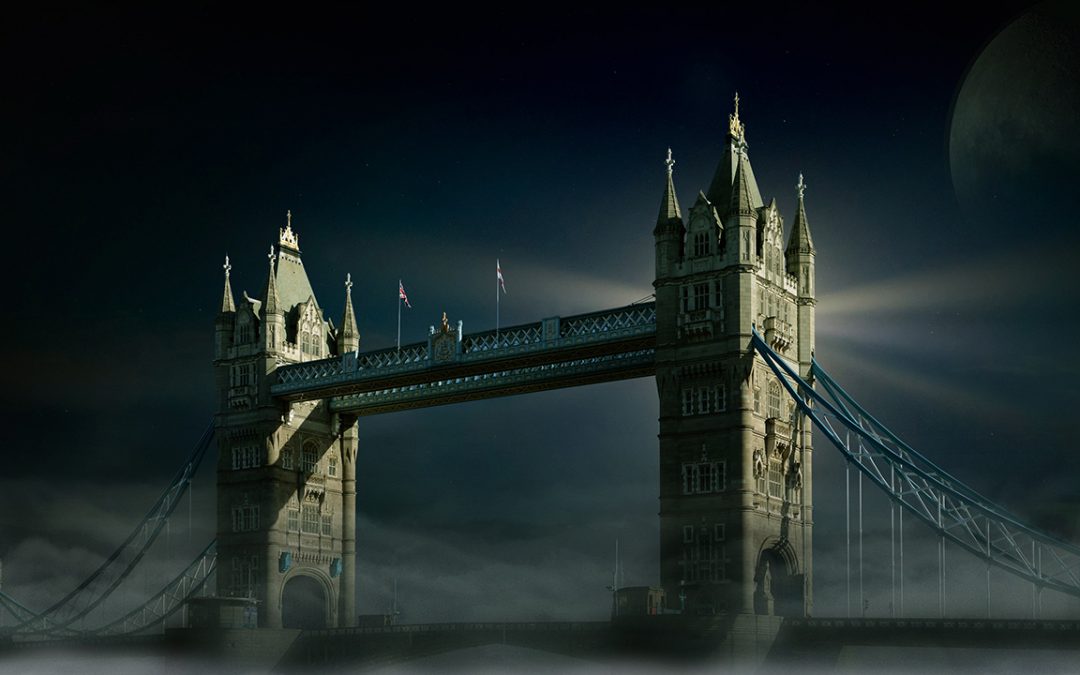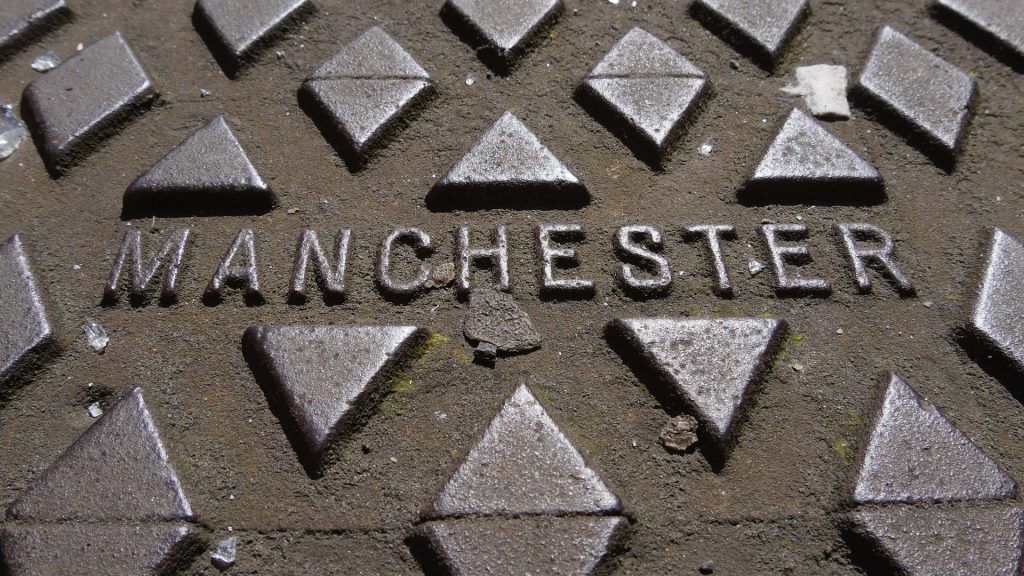The Victorian Era was an era of great change, and growth, and during this era people had faith crime was something they could beat. And, although crime declined overall, there were occasional panics when some Victorian criminals would commit crimes so horrific the whole country heard about it. Victorian criminals often exploited loopholes to make money, such as selling cadavers for currency or murdering family members for life insurance payouts. This is a list of 10 interesting Victorian criminals and gangs.
William Palmer
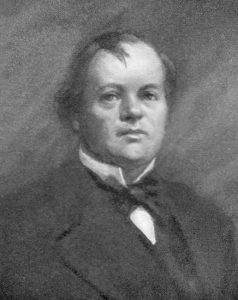
Palmer was hanged in 1856 for the muder of his friend John Cook, but he likely began killing long before then. Before going after his friend, he might have killed his whole family. Only two weeks after coming to live with Palmer and his wife, Palmer’s mother in law died. Later his wife died as well, but only shortly after he had taken out life insurance on her. He then took out a life insurance policy on his brother, and then not long later, his brother died too. Then, all his children died while they were still infants. The most obvious murder came, when his friend won a substantial amount of money. And then, after drinking with Palmer, died of poisoning. After searching his body, they found that his winnings were “missing”.
The Glasgow Penny Mob

The Penny Mobs were a Glaswegian gang during the Victorian Era, who would rob someone even just for a single penny. This is one of the reasons they got their name, another reason was that the crime rate was so high, that if the authorities caught someone committing a crime they would just be fined one penny. The gangs formed after the mass migration of Irish after the potato famines of the mid 1800’s. Sometimes the crimes they committed were quite severe. One of these gangs, called the Ribbon Men, was responsible for blowing a gas holder in Tradeston in 1883.
Burke And Hare
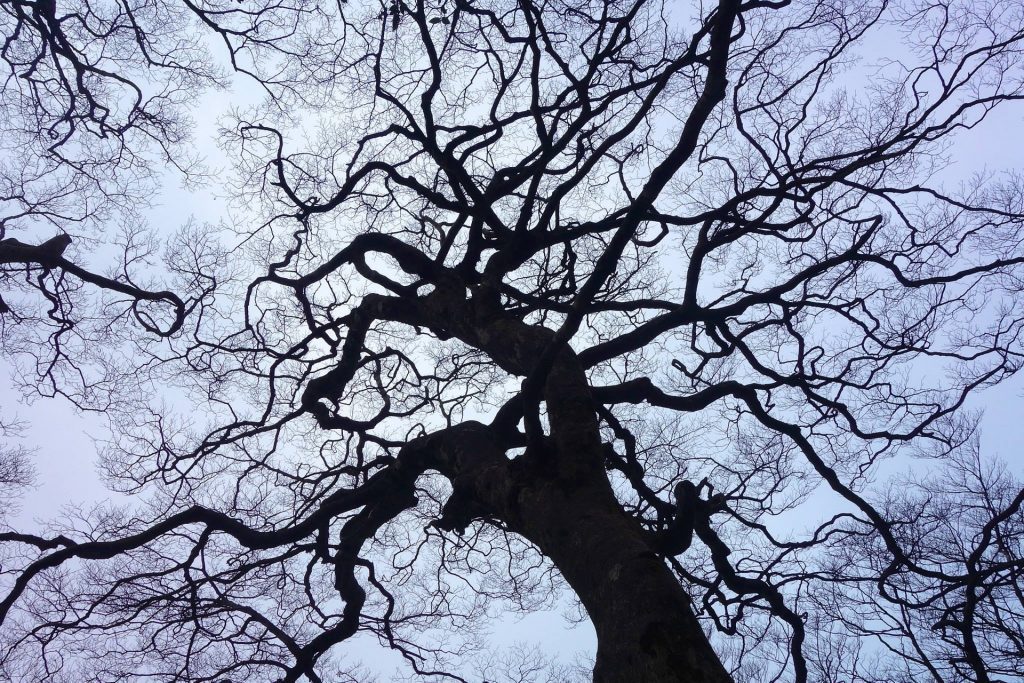
Burke and Hare became a serial killing duo once they discovered how profitable it was to sell recently deceased bodies for medical research. They got into the business when one of their tenants died before paying his rent, and they decided they would just get it by selling the body. This is when they found out how profitable selling bodies was. They began luring people, and then murdering them to sell the bodies for a lot of money. They always sold to Dr Knox, who was likely aware that they were killing people to get the bodies, but didn’t seem to care as long as he could get the bodies he wanted. Burke and Hare were eventually caught. Hare sold out Burke, and got off scot free, where as Burke was hanged.
The Hooligan Boys
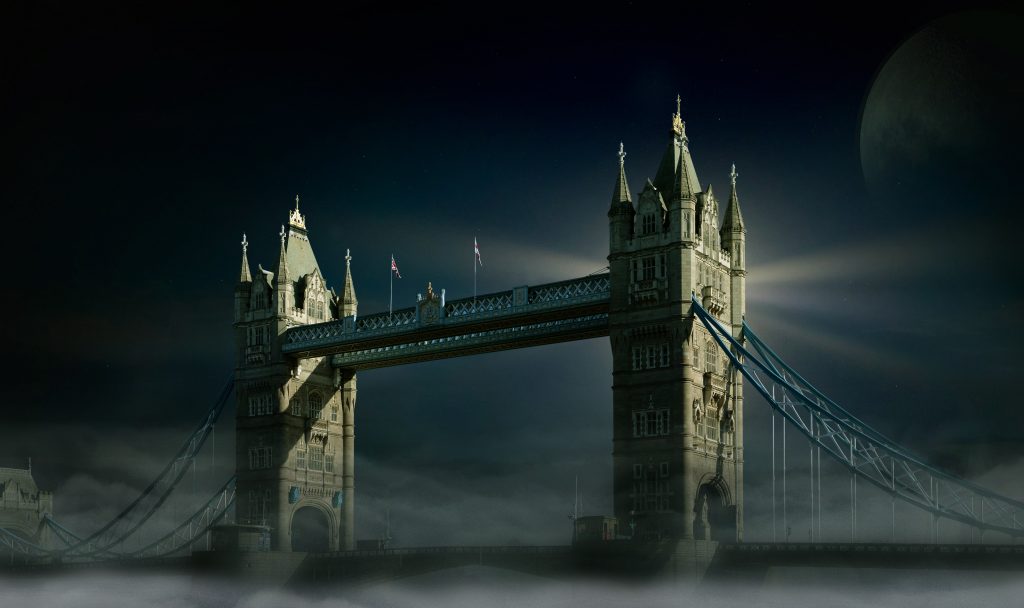
The Hooligan Boys were a gang located in London in the 1800’s. They are actually where the word hooligan comes from. A London newspaper wrote about them saying “The avalanche of brutality which, under the name of ‘Hooliganism’ … has cast such a dire slur on the social records of South London.” A 19 year old man named Charles Clarke was written about in a newspaper after being charged with assault, and was described as “the king of a gang of youths known as the ‘Hooligan Boys”. The group became notorious for their behaviour, making disturbances, assaulting officers, and members of the public. They became known as a “gang of ruffians” causing a “reign of terror in Lambeth”.
Deansgate Mob
Manchester was one of the most violent cities in England during the Victorian Era, and John-Joseph Hillier was the leader of the worst gang. He had been a member for years, and got involved in many different crimes. The most popular criminal activity for the group was “scuttling”, or brawling, where they would have deadly fights with other gangs. They were so successful at scuttling, that John was dubbed “The King of the Scuttlers”. This is something he was quite proud of, and even had the title sown onto his clothes.
The Forty Thieves
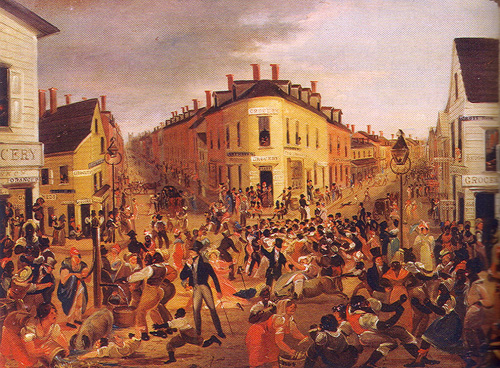
The Forty Thieves are known as the first gang of New York. They were a group of pickpockets and thieves, who got together in a sleazy grocery shop, and decided to work together from then on. They grew from quite humble beginnings to becoming incredibly successful, and even got involved in politics. Members had to bring back a certain amount of money each day to stay in the gang. Those who couldn’t make enough sometimes ran away, and joined rival gangs. Their first leader is a good example of how brutal this group of thieves could be. He actually beat his own wife to death for not meeting her quota. The eventually disappeared, when it started to break apart, and its members joined more powerful gangs instead.
Mary Ann Cotton
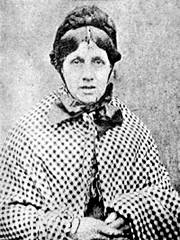
Mary Ann Cotton was a serial murderer specialising in poison. She is suspected of killing 21 people, 11 of those victims being her own children. Cotton married four different men, who all died. It’s believed she murdered them for the insurance money. She mainly used arsenic, which would cause an agonising and slow death. Mary was caught when she was talking about her son, and said “I won’t be troubled long, he’ll go like the rest of the Cottons.”. Doctor William Killburn examined the bodies and found arsenic, which led to her trial and execution. She was hanged on 24 March in 1873.
Amelia Dyer
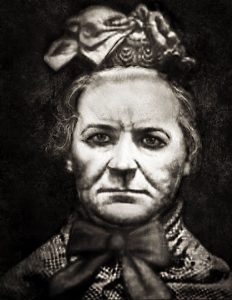
Amelia Dyer spent 20 years killing infants that were left in her care. In 1869, now a widow, she turned to baby farming. This meant she adopted unwanted infants in exchange for money. At first she took care of them as best she could, but some of them died, and she was punished with 6 months of hard labour. Once free, she started killing the children purposely. This was likely because it was cheaper, and involved less labour. She was recognised as being mentally unstable and spent a lot of time in different mental institutions. After a dead infant was found in a river, she was discovered to be the culprit, and sentenced to hanging.
Sarah Freeman
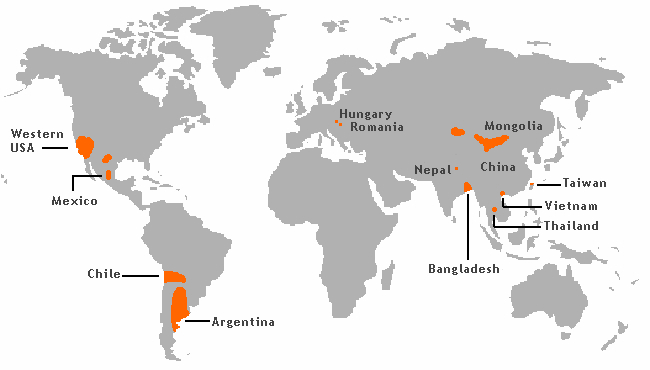
Sarah Freeman was one of the most famous Victorian criminals of the era, a grand total of 11,000 people watched her hang on April 23, 1845. Freeman left her hometown, and moved to Bridgewater to become a lady of the night, so she was likely desperate for money. She married a man named Henry Freeman, but then he suspiciously died of arsenic poisoning. She collected a sum of money after he died due to insurance. At some point she moved back in with her family but they all mysteriously died as well. Then her brother died as well. They all died of arsenic poisoning. After examining the bodies, it became obvious she had poisoned them.
Deacon Brodie
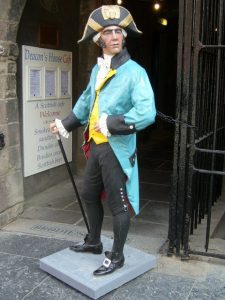
By day, William Brodie was a respectable tradesman, and Edinburgh City Councillor, by night, he was a devilish housebreaker, who did it for the thrill, and to fund his gambling problem. Part of his day job was to fix locks. Because of this, it was easier for him to break into the houses of the people’s whose locks he had worked on. Through his job he would copy their keys, allowing him to just waltz in to the houses of his victims. When inside he would steal their money, and valuables. He was one of the most trusted locksmiths in Edinburgh, and was asked to work on some of the most expensive houses in the city. Eventually he led a gang of thieves. In his private life he had 5 children with two different mistresses.

